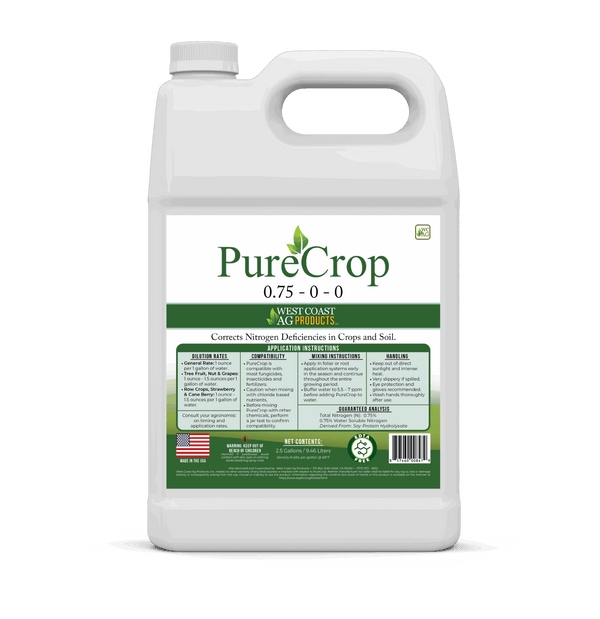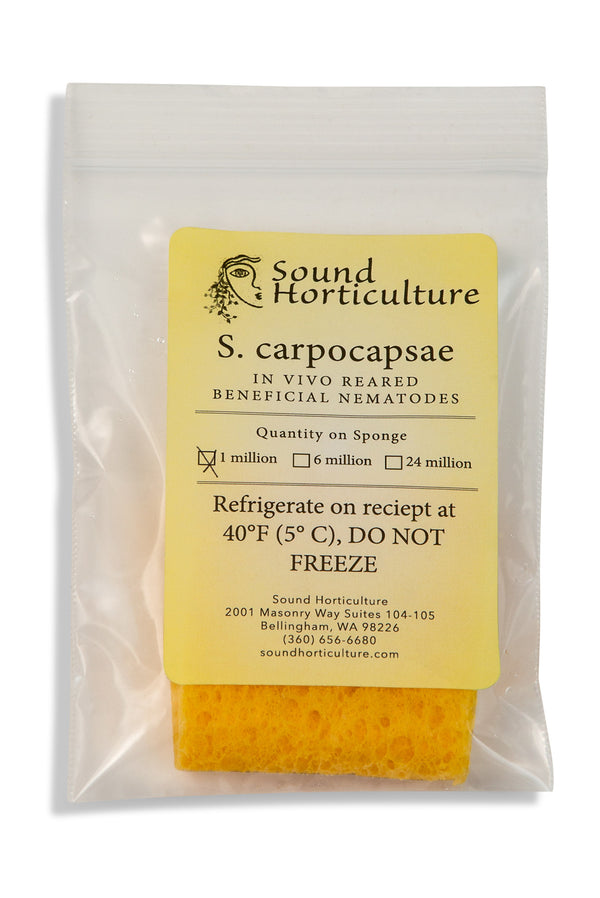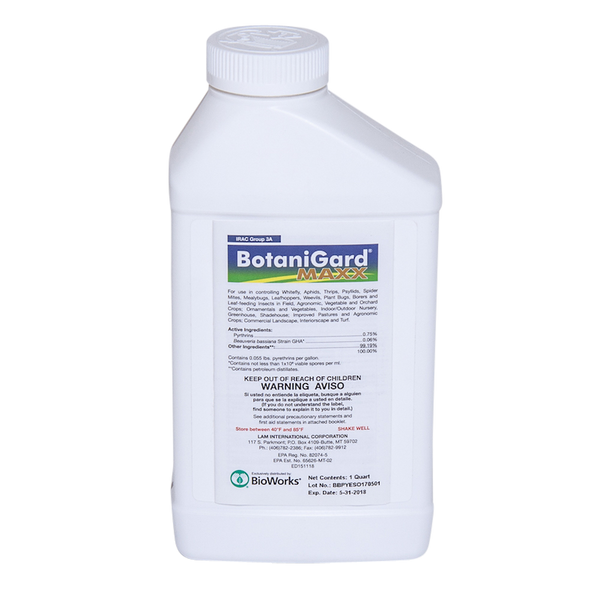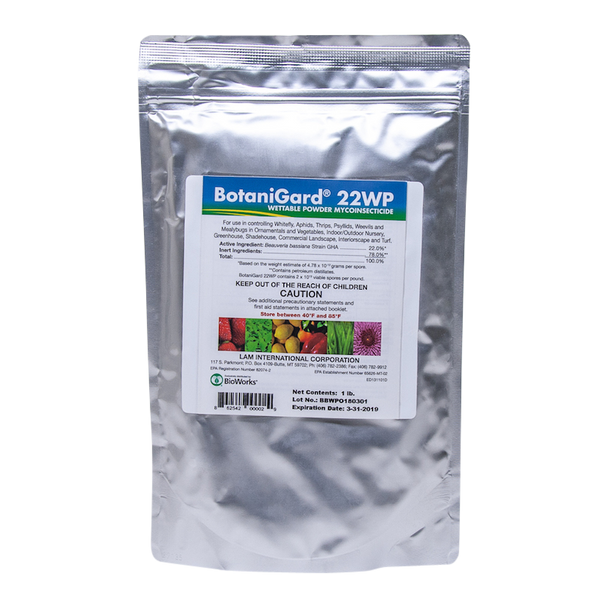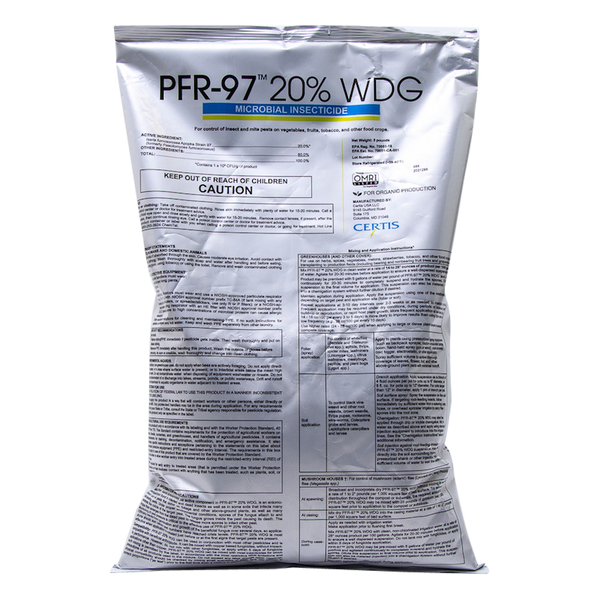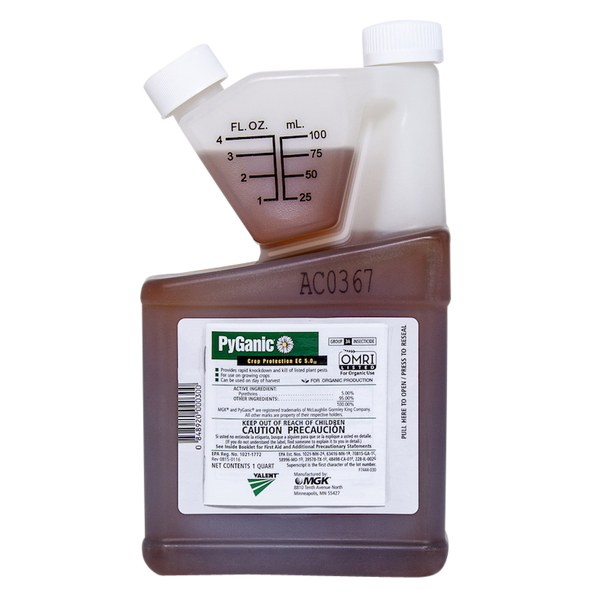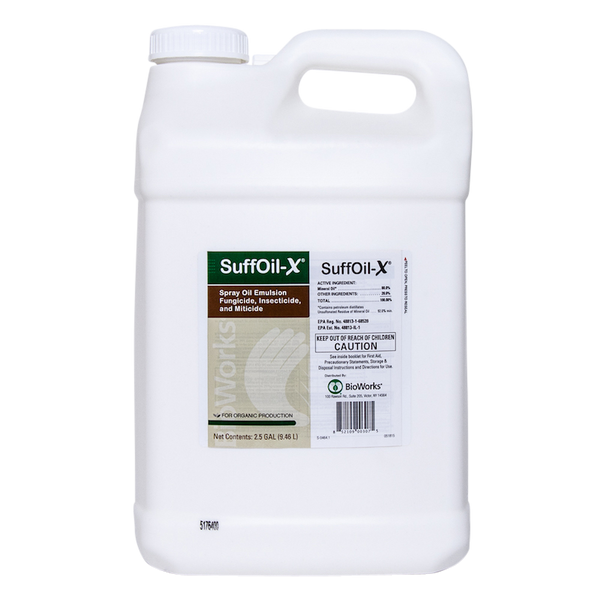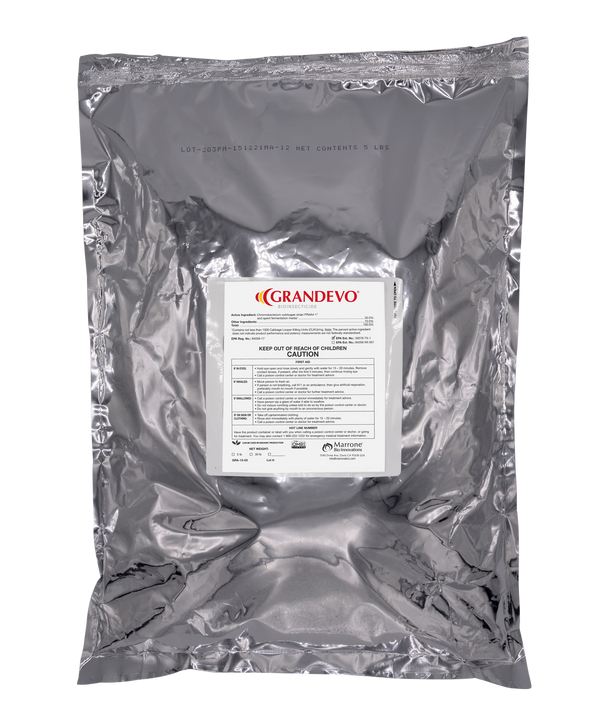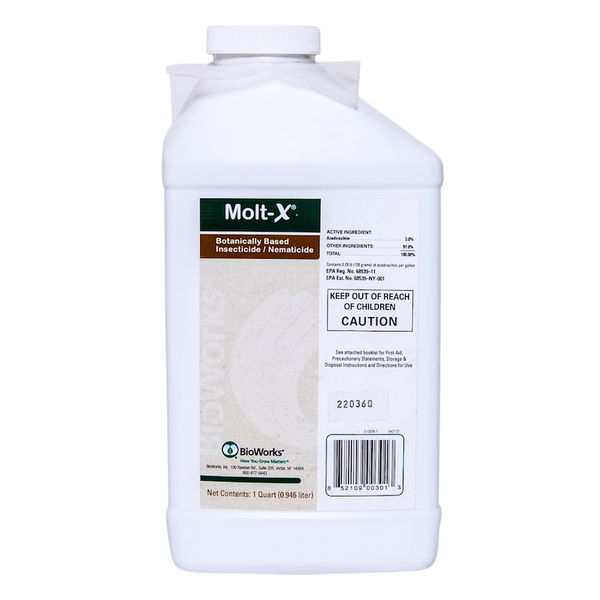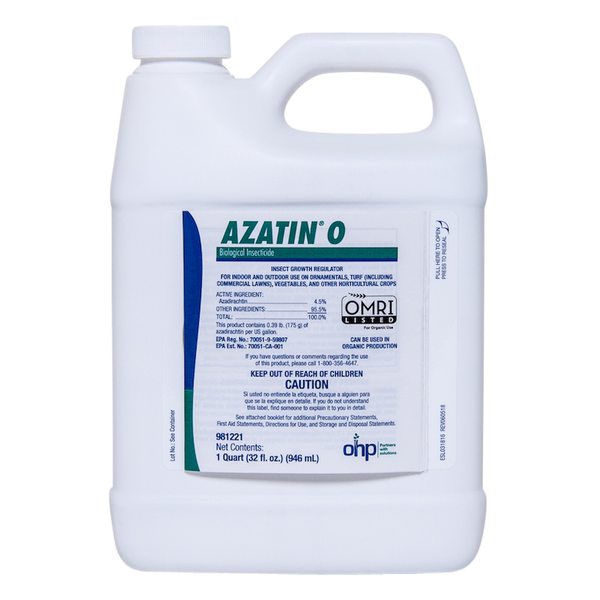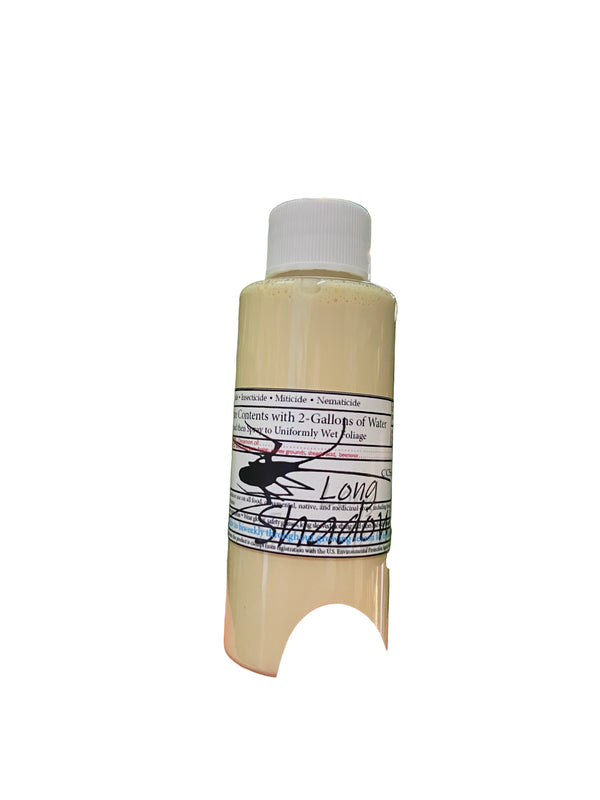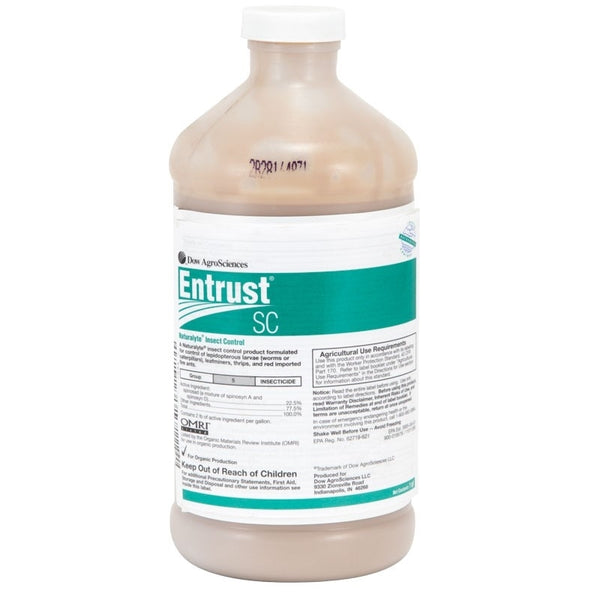Flea Beetle Control
Organic and natural pest control. Flea Beetles are most damaging to vegetable crops, transplants and young seedlings leaving irregular shaped holes in the leaves. Read more on our Flea Beetle Tech Sheet.
Share a promo code here
Organic and natural pest control. Flea Beetles are most damaging to vegetable crops, transplants and young seedlings leaving irregular shaped holes in the leaves. Read more on our Flea Beetle Tech Sheet.
